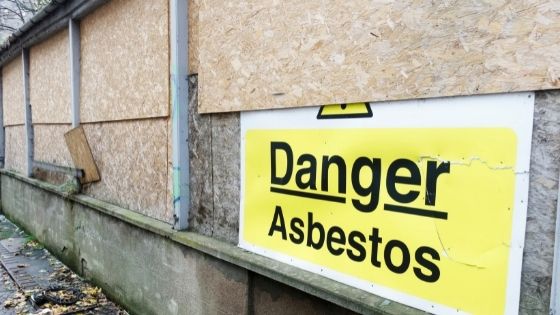Asbestos is a mineral consisting of soft and pliable fibres that are heat, electrical, and corrosion-resistant. While these characteristics make asbestos valuable, they simultaneously make exposure to asbestos very hazardous. Australia has the world’s second-highest rate of mesothelioma mortality, followed by the United Kingdom. Mesothelioma, a rare illness caused by exposure to asbestos, has claimed over 10,000 lives in Australia since the early 1980s. Cancer specialists predict that an additional 25,000 individuals will die from the disease during the next 40 years. Meanwhile, Sydney, the Australian city holding five million residents, is highly prone to asbestos-related health problems since it also accommodates a significant number of buildings built before the 1970s.

This article will list the main reasons why you must consider asbestos removal in Sydney:
When Is Asbestos Considered Hazardous?
All forms of asbestos are toxic if inhaled. But, according to some, certain types of asbestos are less hazardous. Numerous specialists, including physicians and scientists, have different opinions on this aspect. So, until asbestos is proven to be harmless, all its types should be treated as harmful.
You cannot detect whether asbestos is present in the environment or when it is causing damage to your lungs. Asbestos does not cause coughing or sneezing, and it will not cause itchy skin or throat. When asbestos components are broken, displaced, or handled in a hazardous manner, their fibres are released into the air. These fibres are invisible to the eye, insensible when touched or tasted.
Asbestos fibres get filled in the surrounding environment when it is discharged into the air. And if you approach these environments, you may be exposed to asbestos. Meanwhile, numerous factors influence whether or not asbestos exposure results in adverse health consequences. These considerations include the following:
- The dose of the substance that’s exposed to.
- Exposure period.
- The exposure method or pathway (breathing, drinking or ingesting).
- Additional pollutants that you are exposed to.
Individual characteristics also affect a person’s risk factors, including:
- Age
- Sex
- Diet and lifestyle
- Hereditary characteristics
- General health status
What Amount of Asbestos Is Considered Hazardous?
No amount of asbestos is safe. Asbestos-containing products are those that include more than 1% of asbestos minerals. The more asbestos exposure you have, the greater your risk of contracting an asbestos disease. Moreover, lung cancer and asbestosis are two illnesses that are dose-dependent. Dose-related implies the more asbestos you inhale, the greater your risk of becoming ill.
Meanwhile, mesothelioma is the only asbestos-related illness that is distinct. Microscopic quantities of asbestos can cause mesothelioma. Families of asbestos workers have also developed mesothelioma due to the dust the employees picked up on their clothing.
A chest x-ray is a frequently used test to determine whether you’ve been introduced to asbestos. While the x-ray cannot identify asbestos fibres directly, it can detect early indications of asbestos-related lung illnesses. Additional procedures, including CAT scans and lung scanning, can detect abnormalities in the lungs.
So, if you reside in an older house, inspect all warm water pipelines and heating air ducts visually. Examine the potentially asbestos-containing insulating material for signs of cracking or disintegration. Avoid disturbing it if it is broken or disintegrating, as this may result in the creation of more asbestos dust, which may easily spread throughout your home. In such situations, keep the pets and others away from the area and call an expert for asbestos removal, and don’t attempt to remove or encapsulate the material.
While certain types of insulation may appear to include asbestos, they may be mineral or fibreglass-based insulation materials that pose no danger to health. On the other hand, it isn’t always possible to detect whether a substance contains asbestos just by looking at it. Hence, it is always ideal if you engage a specialist to obtain and analyse a test sample to minimise your risk of asbestos exposure.
